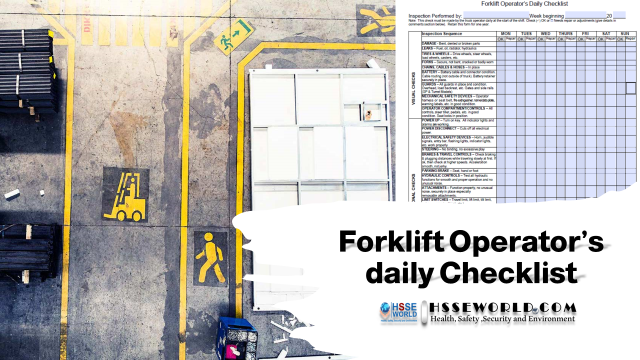A sanitary inspection is an on-site inspection and evaluation by qualified individuals of all conditions, devices, and practices in the water-supply system that pose an actual or potential danger to the health and well-being of the consumer. It is a fact-finding activity that should identify system deficiencies—not only sources of actual contamination but also inadequacies and lack of integrity in the system that could lead to contamination. In small communities, where official visits by the surveillance officer are infrequent, it is essential that responsible community members both assist the official in making the survey and learn how to conduct the survey independently. They should sign a report and agree to act on the recommendations where this is feasible

The two principal activities are sanitary inspection and water-quality analysis. It has been suggested that sanitary inspection should take priority over analysis, but the two should be done together wherever possible. They are complementary activities; inspection identifies potential hazards, while analysis indicates whether contamination is occurring and, if so, its intensity. A sanitary inspection is indispensable for the adequate interpretation of laboratory results. No analytical, bacteriological, or chemical survey, however carefully carried out, is a substitute for comprehensive knowledge of conditions at the water source and within the distribution system, the adequacy of water treatment, and the qualifications and performance of the operators. Samples represent conditions at a single point in time and—even when there is frequent sampling and analysis—the results are reported after contamination has occurred, especially in systems without long-term storage. Microbiological contamination is often sporadic and may not be revealed by occasional sampling
The sanitary inspection report is that part of the survey based on the on-site inspection of the water sources (and piped supply systems where appropriate), i.e. a field survey; it therefore provides a direct method of identifying all the hazards that are potential and actual causes of contamination of the supply. It is concerned with the physical structure of the supply, its operation, and external environmental factors. The hazards recorded during inspection are often tangible
and observable, and may be used together with analytical data to derive a risk assessment. Sanitary inspections thus provide essential information about immediate and ongoing possible hazards associated with a community water supply, even in the absence of microbiological or chemical evidence of contamination. In addition, inspection of supplies over a period of years provides a longer-term perspective and assists in the identification and minimization of risks caused by progressive deterioration in any aspect of the supply.
To download the Form Click below






51 thoughts on “Hygiene and Sanitation Inspection Checklist”